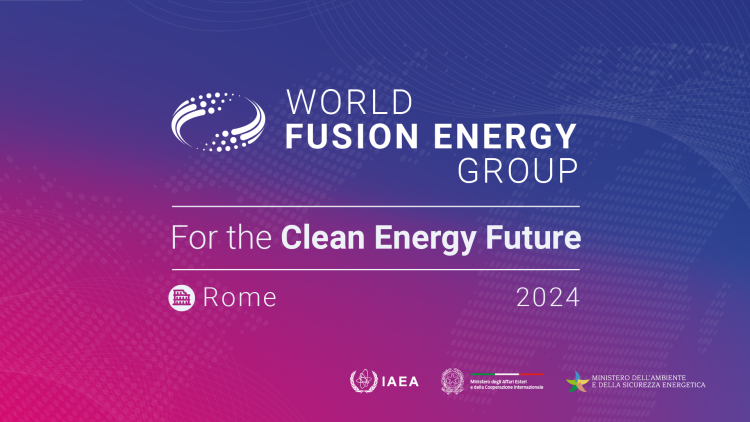Grossi, Putin meet to discuss Ukraine nuclear plant concerns

International Atomic Energy Agency director general Rafael Mariano Grossi visited Russia this week to discuss the “future operational status” of Ukraine’s Zaporizhzhia nuclear power plant with Russian president Vladimir Putin.
As of March 1—the most recent report at time of this writing—Zaporizhzhia had been without backup power for a period of 10 days, leaving the plant “extremely vulnerable,” according to the IAEA. In a report to the IAEA board of governors earlier this week, Grossi said the safety and security situation at the plant remained precarious. The facility is designed to use external electricity to cool its six reactors and for other essential safety and security functions, but without off-site power sources, Zaporizhzhia is solely reliant on the plant’s backup diesel generators.
Grossi last met with Putin in October 2022 to discuss safety issues at the plant.
Russian comments: According to Russian media service transcripts, Putin opened the meeting by saying: “We do not only operate, but also actively develop, the nuclear sector and consider it to be the environmentally friendly kind of energy. We are doing everything we can to increase security at nuclear power facilities.”
Rosatom, Russiissueste nuclear operator, said the main emphasis of the talks was placed on the issues, relating to ensuring nuclear safety and security of the Zaporizhzhia plant.
The first meeting during Grossi's visit included Rosatom Director General Alexey Likhachev, the head of nuclear regulator Rostechnadzor Alexander Trembitsky, the permanent representative to the international organizations in Vienna Mikhail Ulyanov, and representatives of the Ministry of Foreign Affairs, the Russian Armed Forces, and the National Guard. The meeting took place at Putin’s summer residence in Sochi and lasted about an hour.
IAEA comments: “It’s very important that we keep this high-level dialogue,” Grossi told reporters Monday, adding that he hopes to address the “extremely fragile and thin” external power supply lines that have caused a complete loss of He posted on the social media platform X that the meeting was an “important exchange” with Putin.
Safety concerns: Out of a total of 10 off-site power lines available before the conflict—four 750 kV and six 330 kV—only one remains operational. Even if one backup line becomes available again, it is far from sufficient.
“Europe’s largest nuclear power plant has suffered eight instances of a complete loss of off-site power in the past 18 months, forcing it to rely on emergency diesel generators,” he added. “In the history of nuclear energy, this is an unprecedented situation and is clearly not sustainable. I remain extremely concerned about nuclear safety and security at the plant.”
Ukrenergo, Ukraine’s power grid operator, said emergency restoration work is being attempted but is tenuous given the security situation in the areas surrounding the plant. Zaporizhzhia officials informed the IAEA experts that all scheduled preventative maintenance activities on safety-related equipment are suspended until the 330-kV line is reconnected—except for routine testing of the safety systems, including the emergency diesel generators.
Russian forces are preventing IAEA inspector access to some areas of the plant site, and Grossi has voiced serious concerns over the stability of operations given reduced staffing at the site. But Putin said in the latest meeting that Russia is cooperating with the IAEA on all levels.
On-site cooling sources: From what IAEA experts have been able to observe, cooling pond facilities as well as the cooling towers and sprinkler ponds used to provide cooling for Zaporizhzhia’s six reactors are intact. The sprinkler ponds are full and continue to receive cooling water from 11 groundwater wells constructed after the mid-2023 destruction of the downstream Kakhovka dam.
About the plant: Zaporizhzhia, one of the 10 largest nuclear plants in the world and Europe’s largest, has been under Russian control since early in 2022. Its six reactors have been off line for months but still require electricity and staff to run necessary cooling functions to damp down the residual heat in the cores.
Russian shelling is blamed for damage to the outside power source for the plant, which is located on the front lines of the ongoing military conflict.









